Subscribe
Sign in
Web2 vs. Web3: Navigating the future of the internet
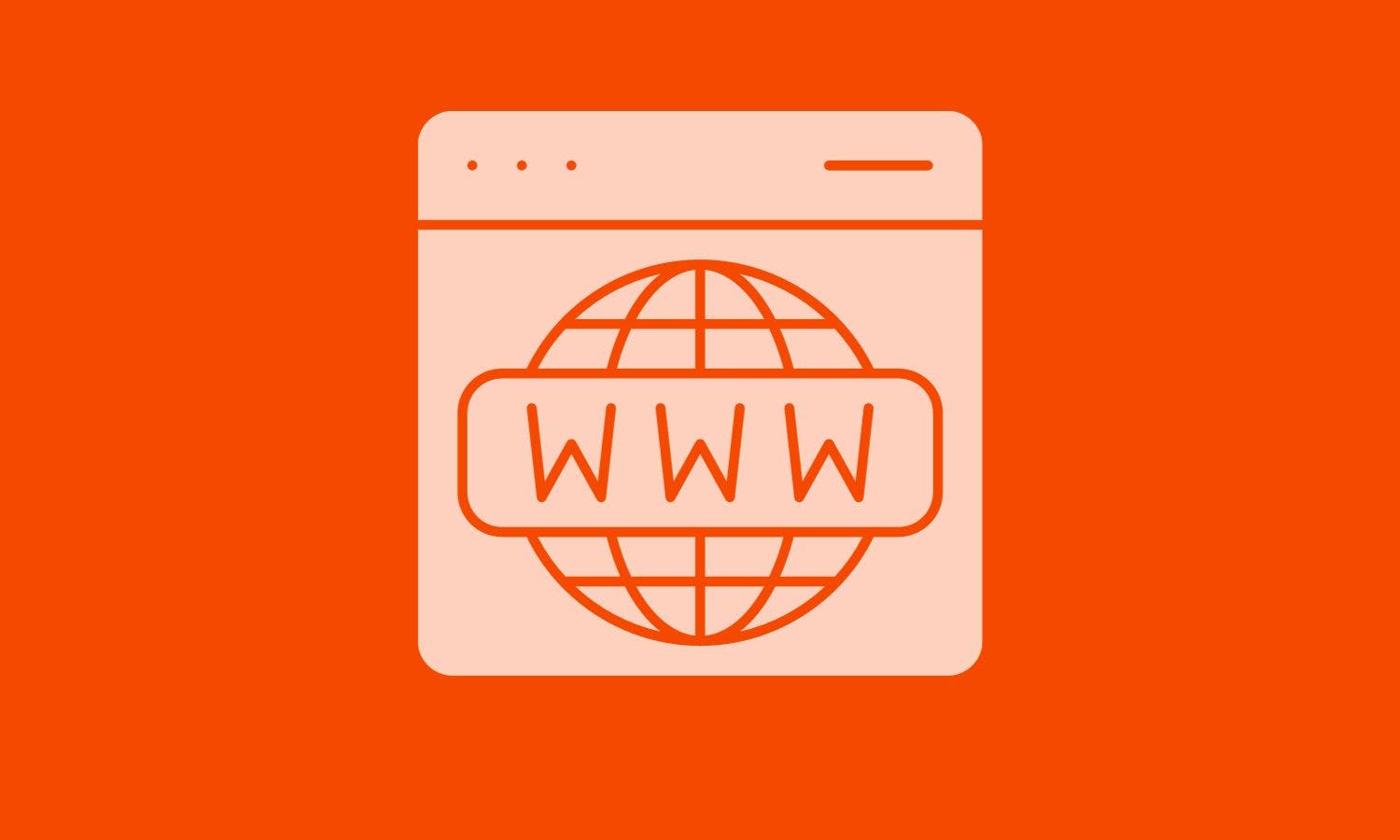
Share On
The World Wide Web has come a long way since its inception, evolving from Web 1.0 to Web 2.0 and now making strides into the new frontier of Web3. These different stages have brought about profound changes in how we interact with the internet and each other.
Along this journey, the emergence of cryptocurrencies and blockchain applications has added a layer of innovation that continues to shape the digital frontier.
In this article, we'll delve into the evolution of the World Wide Web, explore the concept of Web3, and examine the differences, advantages, and disadvantages of Web2 and Web3. We'll also take a brief look into the future and discuss the concept of Web4.
The evolution of the World Wide Web
The World Wide Web, a fundamental component of the modern digital landscape, has undergone a remarkable transformation since its inception.
The journey from Web 1.0 to Web 2.0 represents not just a progression of technology but a fundamental shift in how we interact with the internet and harness its potential.
Web 1.0: The dawn of digital presence
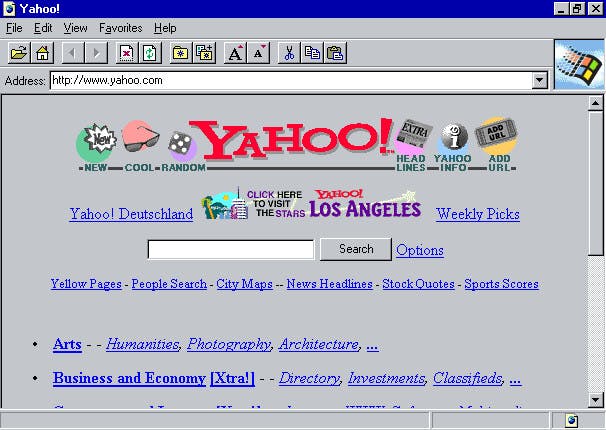
Yahoo!
In the early days of the internet, commonly referred to as Web 1.0, the web was akin to a static digital library.
This era, which emerged in the late 1980s and gained momentum in the 1990s, was characterized by rudimentary websites that served as digital brochures. These websites primarily contained text and images, offering limited interaction and engagement. It was a one-way street, where content creation and maintenance rested primarily in the hands of webmasters and corporations.
During this period, the primary purpose of websites was to provide information. Users could visit websites to access data, read articles, and gather information on a wide range of topics. The concept of user-generated content was virtually non-existent, and the internet was a relatively passive medium.
Web 1.0 was also marked by the emergence of early e-commerce platforms like Amazon and eBay, laying the foundation for online shopping and the digital marketplace. These platforms, though revolutionary at the time, were still relatively simplistic compared to the sophisticated e-commerce experiences we enjoy today.
Web 2.0: Incorporating interactivity
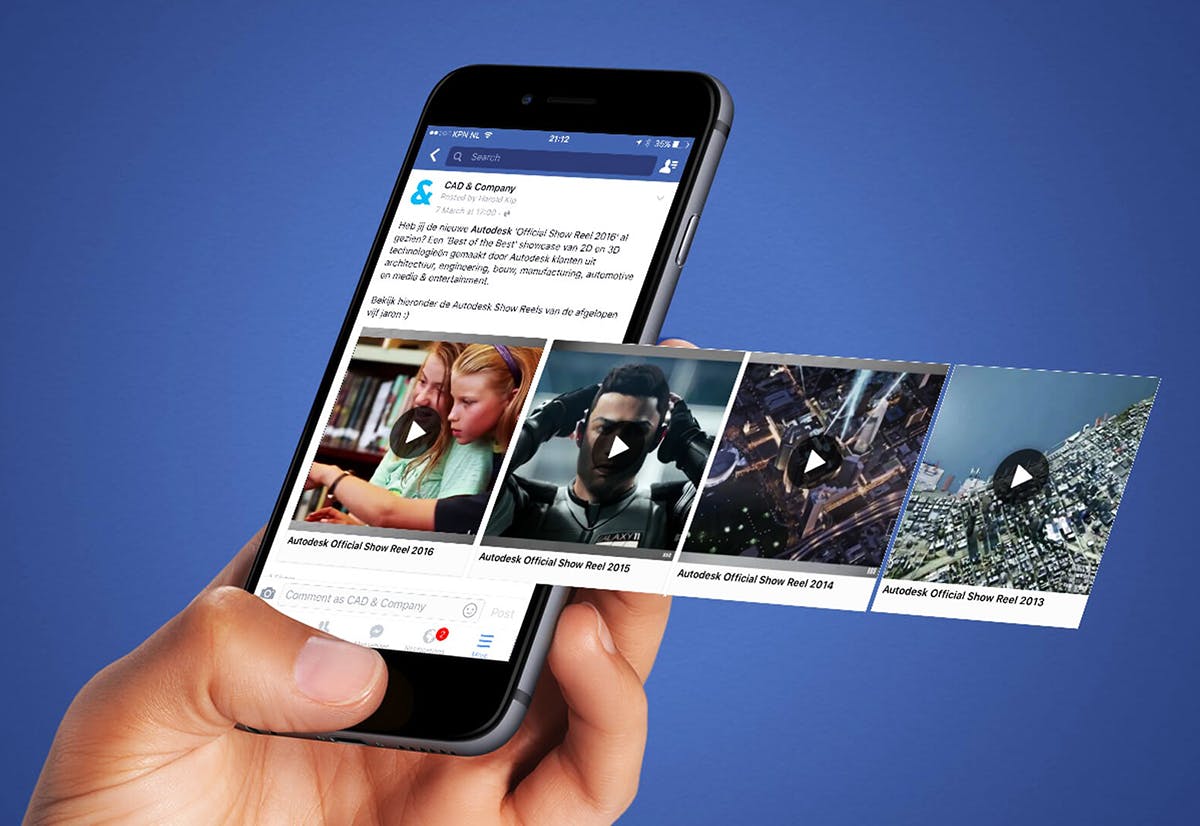
The advent of Web 2.0 ushered in a transformative era for the World Wide Web. Around the mid-2000s, the internet experienced a profound shift towards interactivity, collaboration, and user-generated content.
This marked the true democratization of the web, where users became not just consumers but active contributors to the digital landscape.
Web 2.0 was all about collaboration, engagement, and the active participation of users in shaping the content and direction of the internet. It represented a paradigm shift from the passive consumption of information to active interaction, fostering the growth of online communities and digital ecosystems.
Web 2.0 introduced a plethora of innovations that changed the way we interacted with the internet:
1. Social Media: Platforms like Facebook, Twitter, and LinkedIn allowed users to connect, share, and communicate with one another on a global scale.
2. User-generated content: Websites like YouTube, Wikipedia, and Blogger enabled individuals to create and share content, ranging from videos and articles to blogs and wikis.
3. Web applications: The rise of web applications like Gmail, Google Docs, and Trello introduced a new era of cloud-based productivity tools, changing how we work and collaborate.
4. Rich multimedia: The web became more visually appealing with the integration of multimedia elements like images, videos, and animations.
5. Personalization: Recommendation algorithms and user profiles started shaping personalized web experiences, from personalized news feeds to tailored product recommendations.
What is Web3 and how does it compare to Web2?
Web3 is the next evolutionary step in the World Wide Web. It represents a paradigm shift from the centralized model of Web2 to a decentralized and blockchain-based internet.
In Web3, control and ownership of data and digital assets are distributed among users, making it a trustless system that relies on smart contracts and blockchain technology.
Let’s take a deeper look at the differences between Web3 and Web2 to provide a clearer picture.
Key differences between Web3 and Web2
Centralization vs. Decentralization
Web2 relies on centralized servers owned and operated by tech giants like Google, Facebook, and Amazon. These centralized entities have immense control over user data and content.
Web3, on the other hand, champions decentralization, where data and applications are distributed across a network of nodes, reducing the concentration of power.

Pexels
Data ownership
In Web2, users often surrender their data to online platforms, which can then use it for various purposes, including targeted advertising. Web3 prioritizes data ownership, allowing users to retain control of their data, decide who has access, and potentially profit from sharing it.
Monetization models
Web2 primarily monetizes through advertising and the sale of user data. Web3 introduces innovative monetization models, such as DeFi and tokenomics, where users can directly benefit from their contributions to the network through tokens and cryptocurrencies.
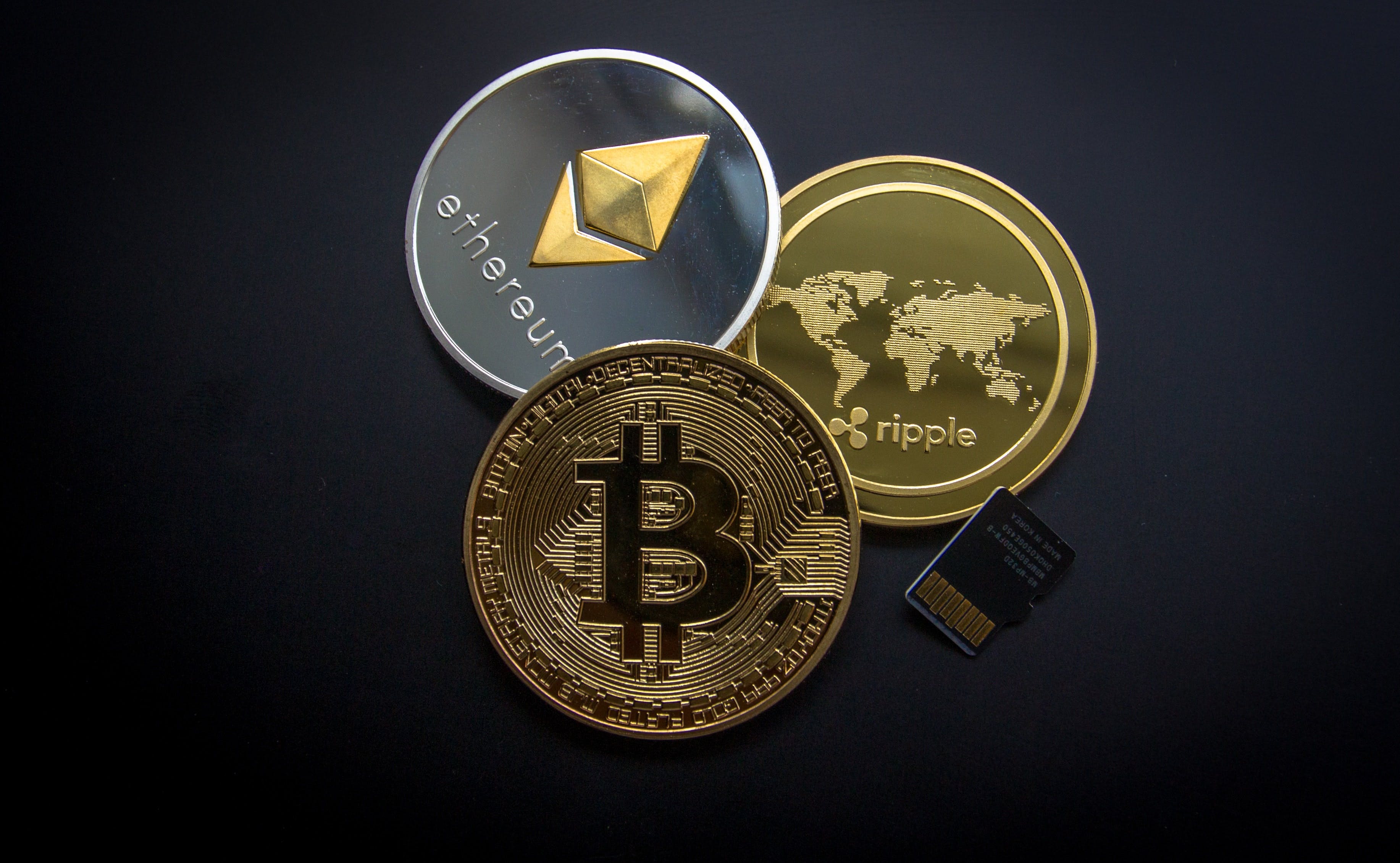
Pexels
Identity and privacy
Web2 often relies on centralized identity providers, raising concerns about privacy and security. Web3 promotes self-sovereign identities, which users can manage independently, enhancing privacy and reducing reliance on centralized identity platforms.
Interoperability
Web2 services are often isolated within their respective platforms. Web3 places a strong emphasis on interoperability, encouraging seamless interactions between different applications and services on a decentralized internet.
Advantages of Web3
Data ownership: Users have greater control over their personal data, reducing privacy concerns.
Trust and transparency: Smart contracts and blockchain technology enhance trust and transparency in transactions.
Decentralization: Reduced dependence on central authorities makes the internet more resilient and censorship-resistant.
Economic incentives: Users can earn cryptocurrencies and tokens for their contributions to the network.
Disadvantages of Web3
Complexity: The transition to Web3 technologies can be challenging for users unfamiliar with blockchain concepts.
Scalability: Blockchain networks face scalability issues, leading to slower transaction speeds and higher costs.
Regulatory uncertainty: The decentralized nature of Web3 poses regulatory challenges in various jurisdictions.
Security concerns: While blockchain is touted for its security, vulnerabilities and hacks can still occur.
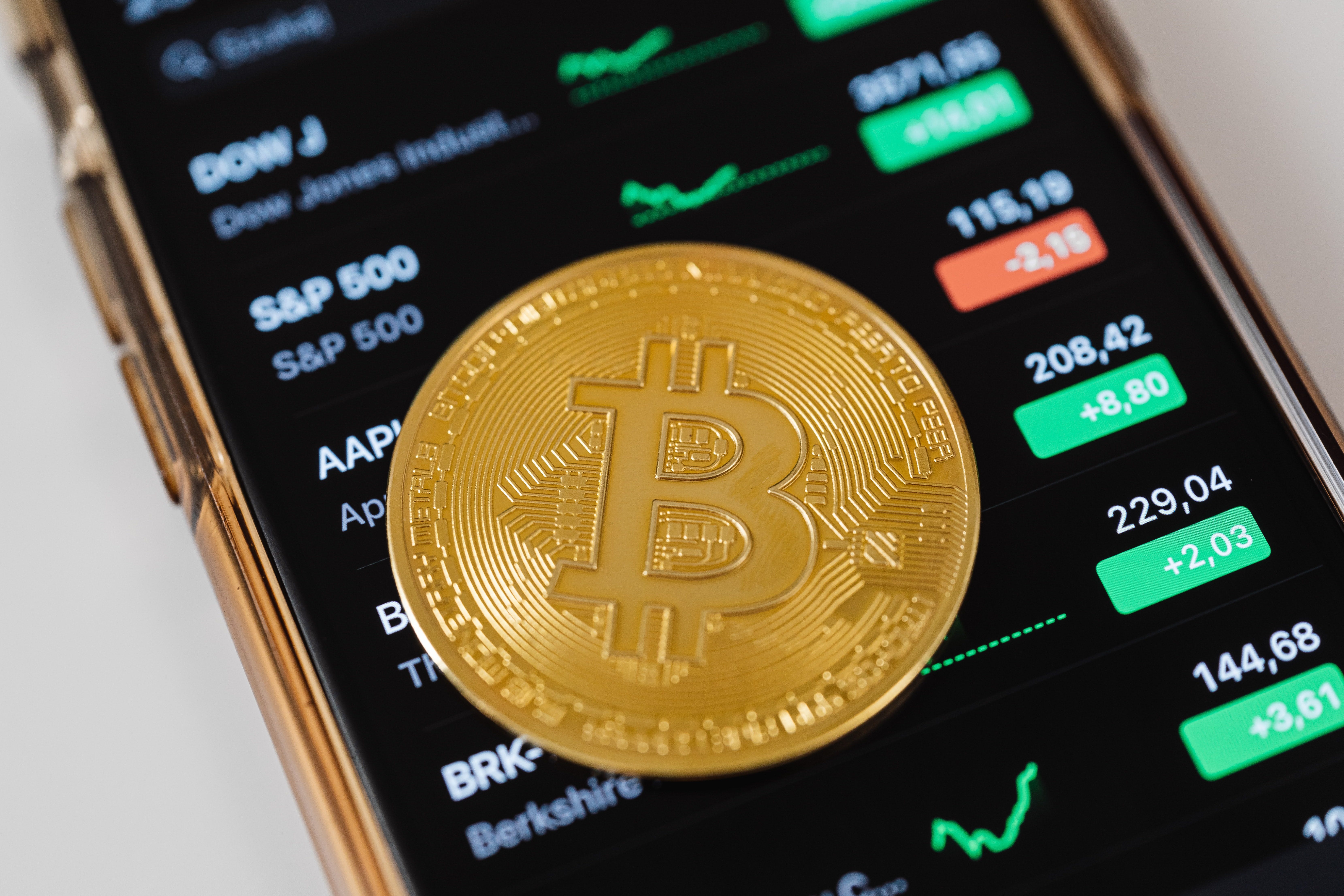
Pexels
The future of the web: What is Web4?
While Web4 represents an intriguing vision for the future of the internet, it's important to acknowledge that it remains largely speculative and uncharted territory at this point. The concept of Web4 is more of a forward-looking hypothesis rather than a well-defined reality.
Web4 represents the next stage in the evolution of the internet. It builds on the principles of decentralization and AI integration introduced in Web3.
In Web4, AI technologies are likely to be integrated into our digital experiences, providing personalized assistance and context-aware interactions. Augmented reality (AR) and virtual reality (VR) may become integral parts of the web, blurring the lines between the physical and digital worlds.
Advanced human-computer interactions, such as natural language processing and gesture recognition could see greater implementation to enhance user engagement. Web4 also places a strong emphasis on security and privacy, with robust cryptographic foundations and decentralized identity systems to protect user data.
Overall, Web4 envisions a more immersive, intelligent, and secure internet that integrates seamlessly into our daily lives.
Comments (10)
Dmitry Dimas@dmitry_dimas
The article offers a comprehensive overview of the evolution of the World Wide Web, tracing its development from the static pages of Web 1.0 to the interactive and user-driven platforms of Web 2.0, and now to the decentralized and blockchain-powered Web3. As the internet continues to evolve, Web3 introduces new paradigms of data ownership, decentralization, and enhanced privacy. Looking ahead, the speculative concept of Web4 hints at an even more immersive and intelligent digital future. For those interested in exploring innovative online platforms that reflect these technological advancements, visit www.papagames.net
Share
Looks promising!
Baltimore Pro Roofers
🌈 Adds a splash of brilliance to my daily routine.
Playgrounds for JavaScript can take many different shapes, ranging from basic code editors to more feature-rich settings.
www.christchurcharborist.co.nz
Thanks for sharing this informative article on Web2 vs. Web3: Navigating the future of the internet. We also specialised in Web Development Service. For more information Visit Us :- https://hourlydeveloper.io/hire-...
Having immersed myself in Web 3, I'm captivated by the transparency, smart contract functionalities, and the promise of enhanced user data control exemplified by College Brawl.
More stories

Mathew Hardy · How To · 3 min read
How to Detect AI Content with Keystroke Tracking

Sanjana Friedman · Opinions · 9 min read
The Case for Supabase

Vaibhav Gupta · Opinions · 10 min read
3.5 Years, 12 Hard Pivots, Still Not Dead
Kyle Corbitt · How To · 5 min read
A Founder’s Guide to AI Fine-Tuning

Chris Bakke · How To · 6 min read
A Better Way to Get Your First 10 B2B Customers
